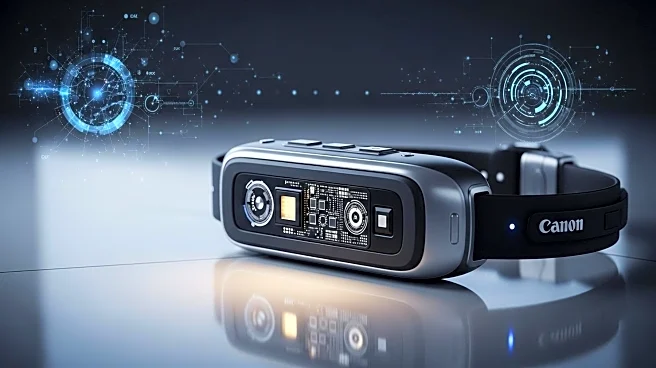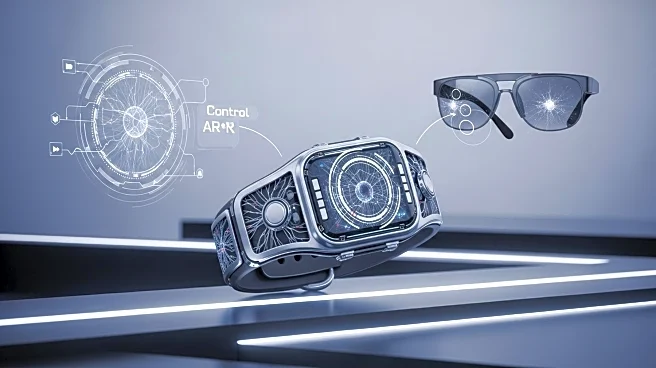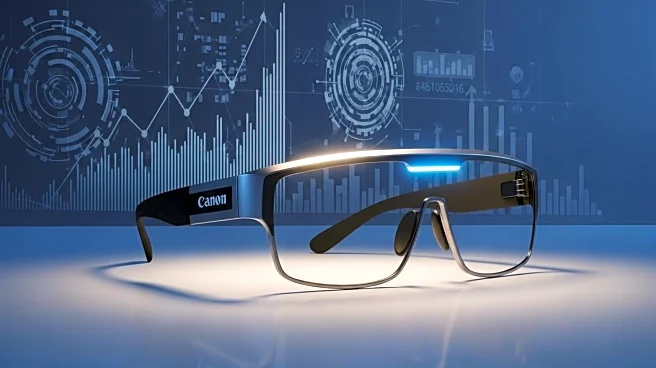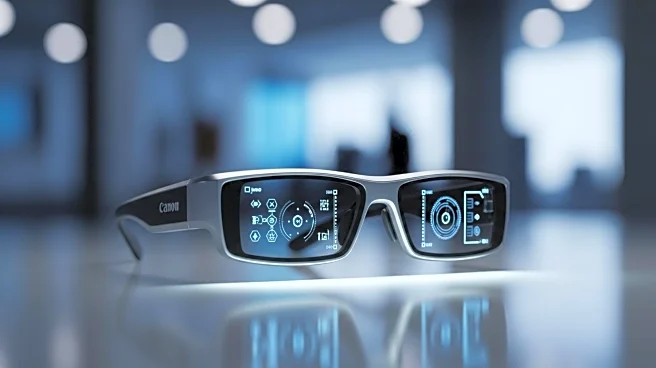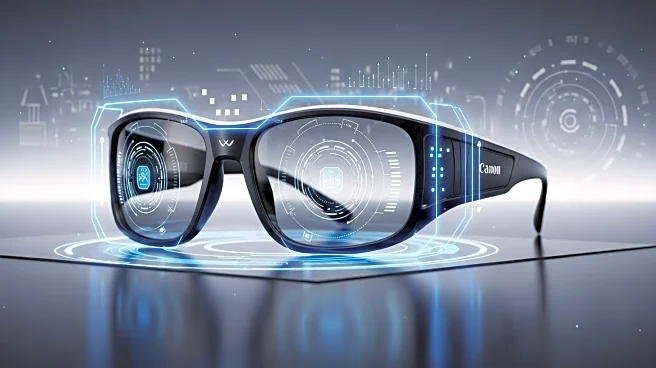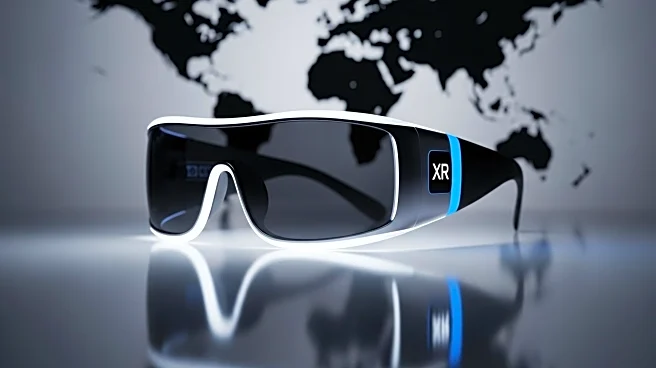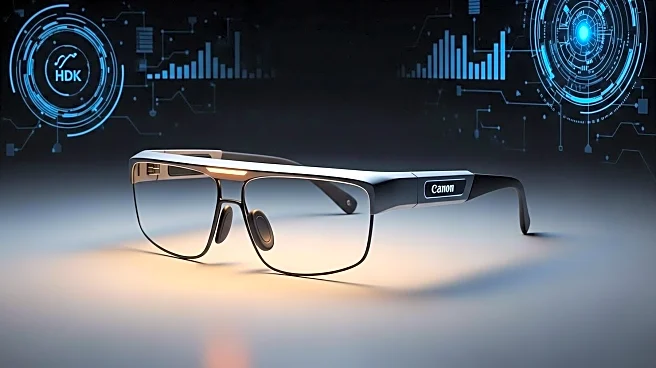What's Happening?
Meta is advancing its wearable technology with the development of electromyography (EMG) bands, which sense muscle impulses through electrical signals. These bands are expected to debut as accessories to Meta's new smart glasses, code-named Hypernova, at the upcoming Meta Connect conference. The EMG bands represent a significant shift in Meta's strategy, offering a new paradigm for interface control through gestures like pinches and swipes. This technology, acquired from CNTRL-Labs in 2019, allows for gesture-based navigation even when out of sight of the glasses or headset. Meta's CEO Mark Zuckerberg has demonstrated the potential of these bands, which could also be integrated into a smartwatch for fitness tracking in VR and AR environments.
Why It's Important?
The introduction of EMG bands by Meta could redefine how users interact with wearable devices, moving away from traditional camera-based hand tracking and controllers. This technology has the potential to enhance user experience in virtual and augmented reality settings, making interactions more intuitive and seamless. The development of EMG bands positions Meta as a leader in wearable tech innovation, potentially influencing the market and prompting competitors like Apple and Google to advance their own gestural technologies. The success of this technology could lead to broader applications in various industries, including gaming, fitness, and healthcare.
What's Next?
Meta is expected to unveil the EMG bands at the Meta Connect conference, with potential integration into smartwatches for fitness tracking. The company aims to expand the compatibility of these bands with various VR headsets and smart glasses, although voice commands may remain the primary interface for display-free glasses. As Meta continues to develop this technology, it faces competition from other tech giants, which may accelerate advancements in gesture-based interfaces across the industry.
Beyond the Headlines
The development of EMG bands could have ethical implications regarding privacy and data security, as these devices track muscle impulses and gestures. Additionally, the technology may influence cultural shifts in how people interact with digital environments, potentially leading to new forms of communication and expression.
